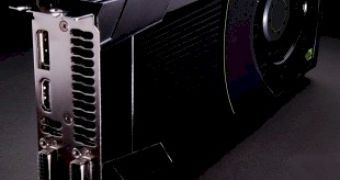Nvidia’s Kepler architecture is a very efficient design that allows the flagship card to achieve results equal or even better than AMD’s Tahiti cards, despite the fact that AMD’s chip has half a billion transistors more and a 50% wider memory BUS.
Usually, the chip designer wants to use all its chips, regardless of whether some functional units suffer from errors.
Such a chip has those particular units disabled and it is sold as a lower performing model.
This happens because yields are not perfect and the fabless company cannot pay for the whole wafer and throw out half of the chips.
When Nvidia’s Kepler came into being, chip yields were particularly good and the company actually did not have enough chips to fulfill the demand for a card like GeForce GT X 660.
Usually, the chip designer waits and piles up a significant number of GPUs with disabled units and only when it considers it has enough to ensure fluent supply, it launches the card.
On the other hand, if yields are good and most of the GPUs do not have numerous errors and can be set up to function as a GTX 670 or GTX 680, the company has no real interest in selling the same die for less, as long as they’ve already paid a great amount of money for the wafer processing.
Nvidia’s particular situation is that they also have a successful line of GTX 570 video cards and they don’t want to kill sales or slow down the stock clearing of their GTX 570 GPUs.
The GTX 660 is likely to feature a 192-bit memory BUS and just 1152 or even 1344 CUDA cores.
The video memory is said to be set at the 1.5 GB level and the pricing is slated at about $300.

 14 DAY TRIAL //
14 DAY TRIAL //